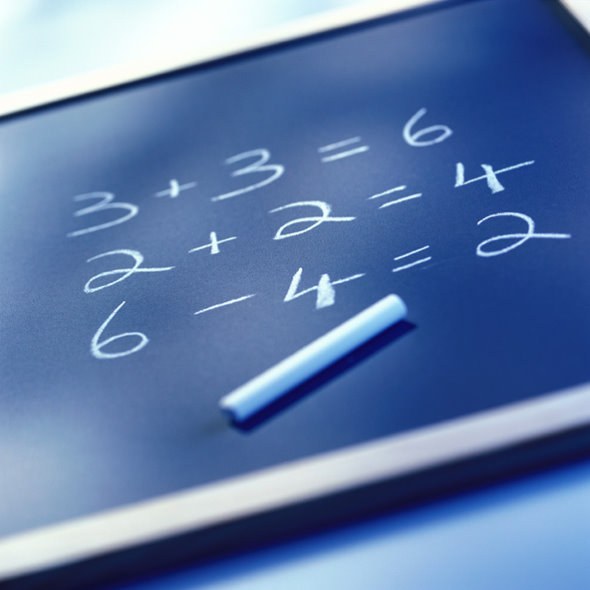You will need
- - counting sticks;
- simple household items for the invoice (apples, sweets)
- - improvised teaching AIDS - number the houses or cards.
Instruction
1
Try to explain to a child the difference between the numbersmi and the number. The number denotes the number on the letter and numbers are a designation of the number of items. For example, if you have seventeen apples, explain that 17 is the number, quantity, and its compositionrepresent the numbers 1 and 7. Take ten apples, you will have seven. Explain to your child that the number of apples was seven and it expresses the number 7. Seven can be decomposed into other numbers — 1, 2, 3 and so on.
2
Show the children the part number in the illustrative examples. Take, for example, three candies. Ask the child to count how many you have candy. Now divide the candy or two put on the table, and one hold in your hands. Ask your child how they are now. The answer is the same. Explain what two candies with one and Vice versa, one two, partgive three. Now put one candy on the second, and a third hold in your hands. Show your child one candy, here's another one and another. So three is repeated three times. Secure knowledge on the counting sticks.
3
Draw with the child on paper a numerical houses. These houses high-rise buildings, on each floor there are two apartments. Write in the triangle-the roof is a number from 2 to 18. Explain that on the same floor lives as tenants, how much is host number. Use counting sticks, cubes or other materials that help the child to "relocate" residents.
4
For example, suppose a host is the number 6. Select 6 of the sticks. On the ground floor in one of the apartments lives let one person move the stick. Therefore, in another apartment five residents. So, six is five and one. Thus, populating numeric house, get the pairs 1 and 5, 2 and 4, 3 and 3, 4, and 2, 5 and 1 total in numeric house five floors. For greater efficiency hang such posters houses in the apartment and periodically ask the child.
5
Involve child in the decision of ordinary household tasks. For example, if your family is three people, invite a child task of the following type. Put on the table one plate. Ask the child a question, how many plates you need to put if all in the family three people. He must answer you that you need to put two more plates. Consequently, one and two plates compositionrepresent three plates. Make cards with the composition of theAMI of different numbers and review them with your child.
Note
Do not engage with the child for too long. Optimal — time classes for 10 to 15 minutes. Otherwise the kid will just get tired and benefits of such a study will be.
